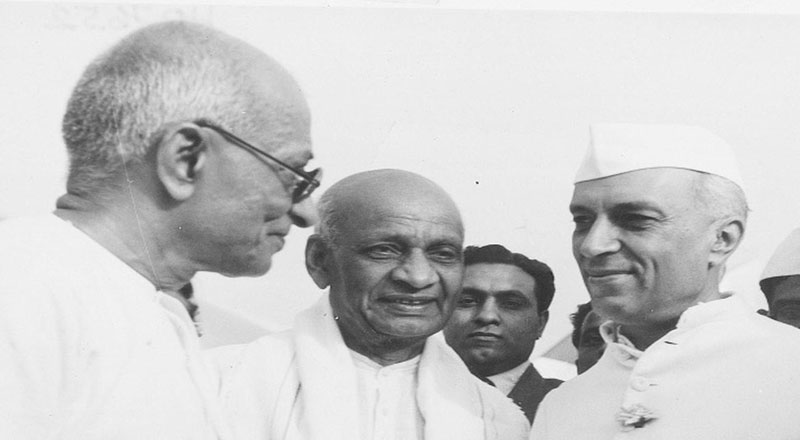India’s Hypersonic Journey Gains Momentum
India's quest for military self-reliance and technological superiority has entered a decisive phase with the hypersonic glide missile nearing operational readiness. Spearheaded by the Defence Research and Development Organisation (DRDO), this ambitious program marks a significant milestone in India’s defence evolution. As global powers race to perfect hypersonic capabilities, India’s missile development strategy reflects not only tactical foresight but also its growing influence in the geopolitical arena.
In an exclusive interaction, DRDO Chief Dr. Samir V. Kamat shared crucial updates on India's hypersonic glide missile, advancements in the BrahMos program, and other critical weapons systems, all underlining the country's sharpened edge in aerospace warfare.
A New Era in Warfare: Hypersonic Glide Missile Nears Completion
At the heart of Dr. Kamat’s briefing was the confirmation that India’s hypersonic glide missile (HGV) is in an advanced stage of development. These missiles, capable of traveling at speeds greater than Mach 5, possess maneuverability that makes them nearly impossible to intercept with conventional air defense systems.
“We have done one development trial, and expect to complete all trials within the next 2–3 years,” Dr. Kamat confirmed, pointing to a near-future induction into India’s strategic arsenal.
Unlike ballistic missiles that follow predictable trajectories, hypersonic glide vehicles descend rapidly and glide at low altitudes, making them stealthy and devastating. This technology, recently deployed in conflicts like Iran-Israel, is being seen globally as the next frontier in deterrence. India’s active development sends a strong message that it’s ready to join the elite club of nations—such as the US, China, and Russia—who are weaponizing hypersonic technology.
Complementing the glide missile effort, DRDO has also proven a scramjet propulsion system for over 1,000 seconds, a record-breaking test that lays the foundation for hypersonic cruise missiles. Dr. Kamat said, “We hope to convert this into a full-fledged missile system within 5–7 years, pending government clearance.”
The BrahMos Evolution: Longer, Lighter, and More Lethal
India’s BrahMos missile, already among the world’s fastest supersonic cruise missiles, saw critical success during Operation Sindoor, when it reportedly targeted enemy airfields and infrastructure with high precision.
Currently deployable from land, air, and sea, the DRDO is now pursuing BrahMos-NG, a smaller, lighter variant that can be mounted on various fighter jets beyond the Sukhoi Su-30MKI. This enhancement aims to make BrahMos compatible with India’s entire combat aircraft fleet, increasing deployment flexibility.
“We’re increasing its range and miniaturizing it,” said Dr. Kamat, signaling a tactical shift to more agile, multi-platform warfare.
Operation Sindoor: A Showcase of Indigenous Firepower
India’s recent military success during Operation Sindoor, a 100-hour aerial offensive, offered the perfect stage for DRDO’s homegrown systems to shine. Key platforms such as Akash surface-to-air missiles, D4 anti-drone systems, and electronic warfare tools delivered outstanding performance.
This operation also highlighted the urgent need for autonomous systems that can function without GPS or communications. As Dr. Kamat noted, “Future conflicts will be in electronically denied environments. Our systems must be self-reliant, robust, and autonomous.”
Air Dominance and Directed Energy Weapons in the Pipeline
Beyond BrahMos and hypersonics, India is developing a suite of air-to-air and air-to-ground missiles, including the extended-range Astra Mk2 and Mk3, and Rudram 2, 3, and 4—precision air-to-ground weapons.
Additionally, directed energy weapons using lasers and high-power microwaves are under development for anti-drone warfare, a response to growing threats from unmanned systems observed in both domestic and international theatres.
Indigenous Armour and Stealth Airpower: Zorawar and AMCA
India’s Zorawar light tank, born from necessity during the 2020 standoff with China in Ladakh, is now ready for user trials. Designed for high-altitude terrain like Sikkim and Ladakh, this platform adds crucial mobility and firepower to India’s mountain warfare doctrine.
Meanwhile, India’s Advanced Medium Combat Aircraft (AMCA)—a fifth-generation stealth fighter—is inching closer to reality. A new industrial model has been approved, opening the door to public-private partnerships to deliver a cutting-edge fighter with stealth, super cruise, and indigenous avionics.
India’s Defence Renaissance Is Accelerating
India’s hypersonic missile development and the DRDO’s sweeping modernization drive represent more than technological milestones—they are symbols of strategic independence and global readiness. As conflict theatres evolve, India’s focus on multi-domain deterrence, high-altitude readiness, and electronically independent systems is visionary.
From stealth aircraft to scramjets, from anti-drone lasers to smart tanks, India is not only responding to current threats but actively shaping the future battlefield.
With hypersonic missiles on the horizon and BrahMos evolving into a versatile asset, India’s defence ecosystem is undergoing a renaissance—bold, indigenous, and future-ready.
(With agency inputs)






















